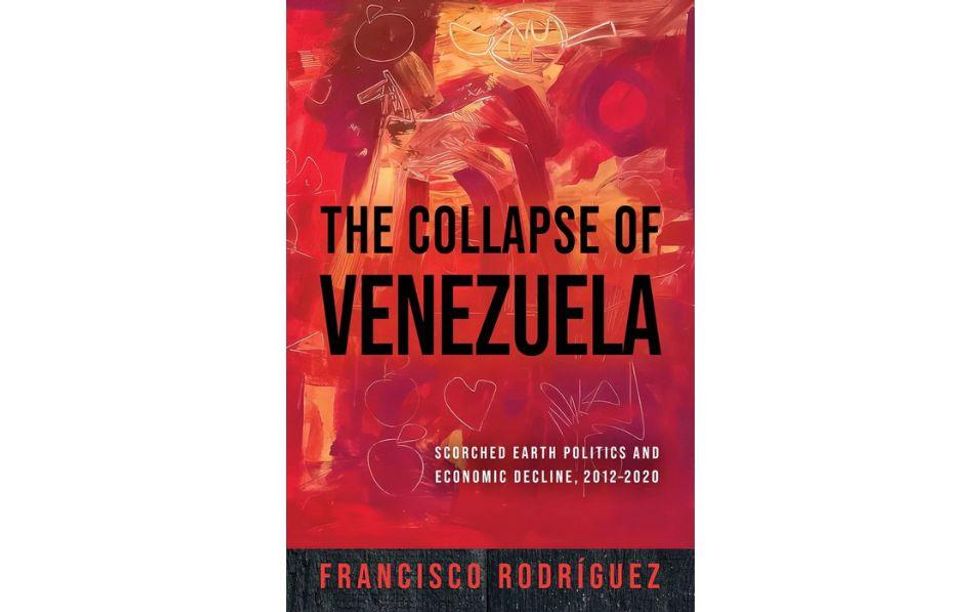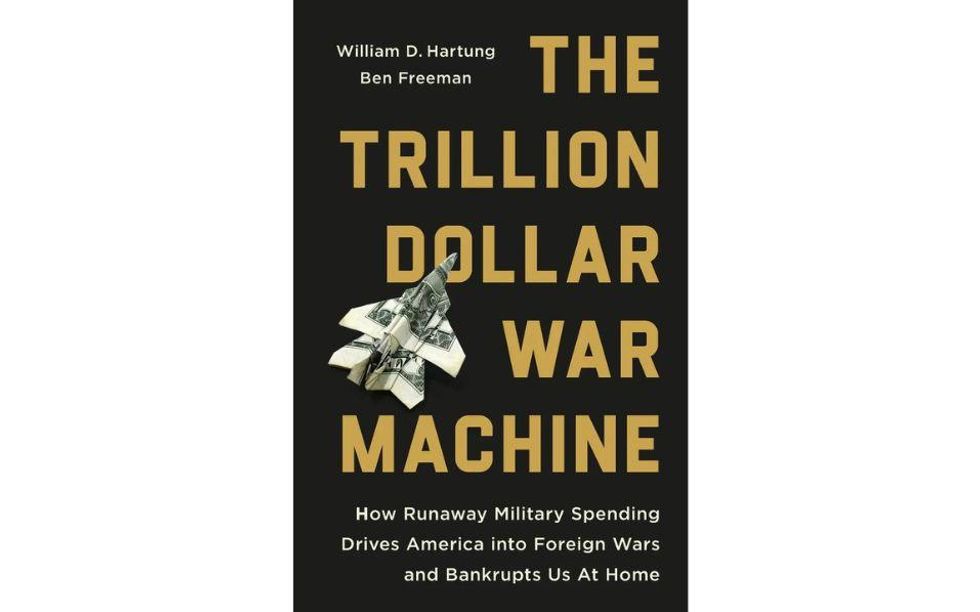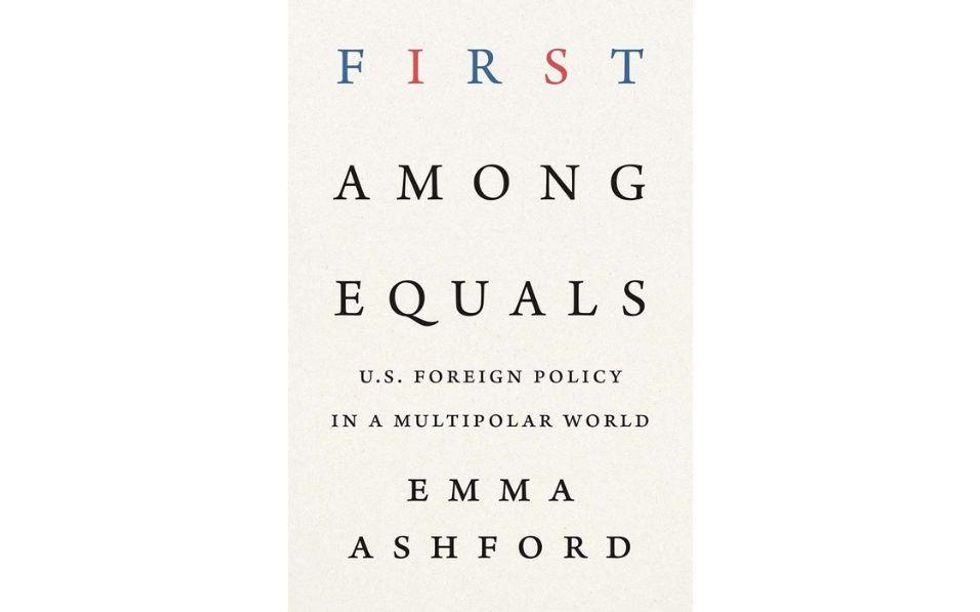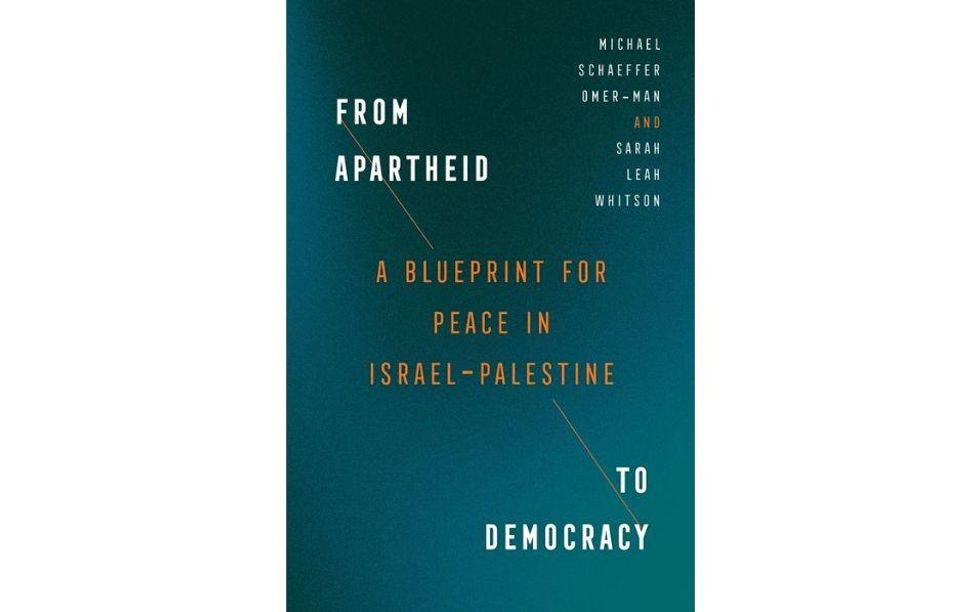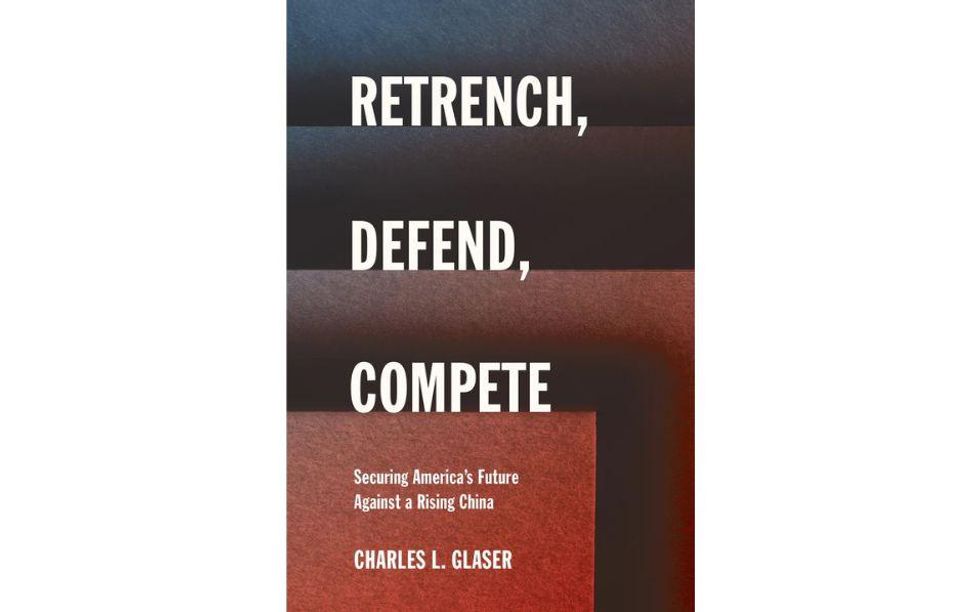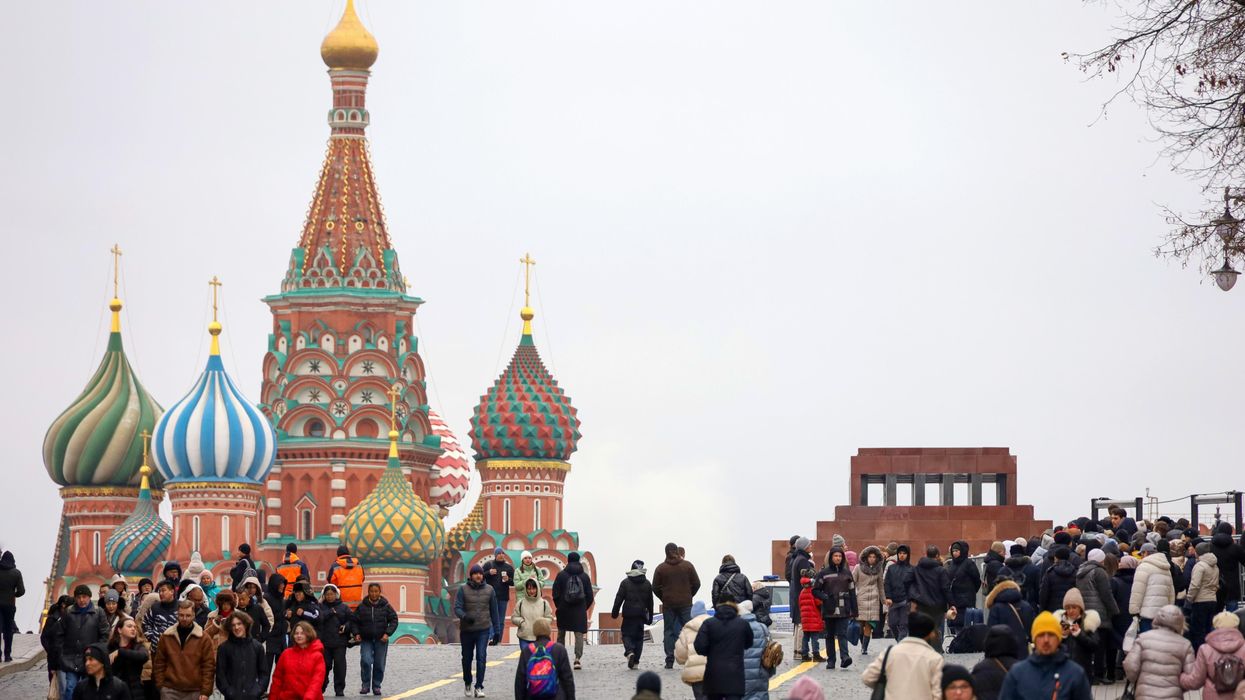A return to a version of the Joint Comprehensive Plan of Action is “in sight,” which means that the typical chorus of opponents to the deal are launching a last-ditch effort to prevent an agreement. A letter sent to President Biden by Sen. Ted Cruz and 32 other senators claimed they will use “the full range of options and leverage available” to prevent a deal from being reached. With this context in mind, Sen. Chris Murphy made a blistering speech on the Senate floor on Wednesday making the case for the JCPOA. Murphy aimed at answering one simple question: What is the alternative?
Fortunately, we know the alternative is. Murphy made clear that the policy supported by opponents to a nuclear deal has been tried and tested; “To the extent that there was any silver lining of President Trump’s decision, it’s that it allowed us for four years to test the theory of the opponents…because president Trump implemented the strategy that the critics of the JCPOA wanted President Obama to employ.” Murphy then closely compared the policies of the previous two administrations.
First, on the nuclear issue, Murphy noted that Iran’s stockpile of enriched uranium gas is currently roughly 11 times what it was during the full implementation of the agreement. Iran also went from a “breakout time” — the time it would take to acquire enough enriched uranium for one bomb — under the agreement of more than a year to two months today, and has restarted its nuclear research program to the point that it is “stronger than it was prior to the JCPOA in some ways.” Rather than “restoring deterrence,” as some have claimed, Murphy said that the “maximum pressure” campaign was a “spectacular failure” on all accounts.
But it isn’t just on the nuclear issue. Murphy also noted that none of Iran’s other malevolent activities in the region have abated either; “Iran continues to support proxy armies in Syria, Yemen, Lebanon, in fact their connection with Hezbollah in Lebanon and with the Houthis in Yemen is probably stronger today than it was during the JCPOA.” Murphy also pointed to the fact that Iran even restarted attacks on U.S. troops after President Trump tore up the JCPOA. By all accounts, Iran hasn’t been deterred, but rather emboldened.
Murphy hammered home that diplomacy may not always be perfect, but it is far better than the alternative of maximum pressure. “Newsflash,” he said, ”occasionally there are diplomatic agreements that are in the best interests of the United States and the JCPOA was inarguably one of them.”
With the Biden administration’s time window shortening, Murphy showed that the opposition to a nuclear agreement is pure political theatrics. Diplomacy can work, and the lessons of the past decade demonstrate that.





